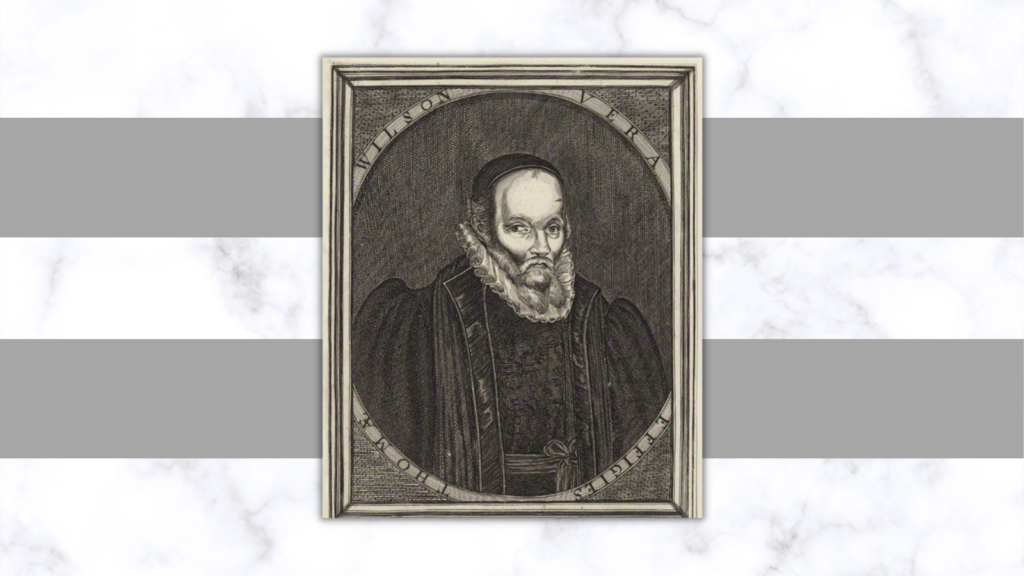Mary Louise Graffam (1871–1921) was an American missionary who witnessed the Armenian genocide and was responsible for saving the lives of thousands of Armenians.
This month is the 100th anniversary of her death.
Graffam was born in Monson, Maine, on May 11, 1871. Her father was a farmer. When she was young, the family moved to Andover, Massachusetts.
Raised in the Christian faith, she had a religious experience when she was a teenager and joined the local church.
She attended Oberlin College in Ohio and studied to become a missionary. After Graffam graduated in 1894, she taught school in two states and Washington, D.C.
In 1901, she arrived in Sivas, then part of the Ottoman Empire, as a missionary of the American Board of Commissioners for Foreign Missions.
At 31 years old, Graffam became the principal of a high school for girls and taught algebra and geometry. For years she taught Bible studies and high school courses in four nearby towns. She became fluent in French, Armenian and Turkish.
‘Own Story’
During World War I, she was in Sivas when the Armenian Genocide (1915–16) started. The Ottoman Turks set out to eliminate the Armenian people. On July 7, 1915, Graffam was deported along with 50 of her students as part of the third convoy, which included 3,000 Armenians. In her book “Own Story,” published in 1919, she wrote: “We began to see the dead from yesterday’s company, and the weak began to fall by the way. … I piled as many as I could on our wagons.”
Thousands of Armenians died in extreme heat because no water or food existed. Graffam saw deportees shot dead while trying to drink water from a river.
Countless people were executed during the genocide. Rapes were widespread. Gorges were filled with corpses. Bodies disposed in rivers caused much pollution, which resulted in epidemics.
Graffam returned to Sivas in August 1915. In her book, she stated: “I was like a skeleton and looked like a refugee. I was half crazed, … yet I could not give in.” She cared for hundreds of orphans and hid numerous girls who would have been abducted into Muslim households.
She wrote the ABCFM treasurer William Pitt about the atrocities against the Armenian people. Her letter finally reached the U.S. State Department.
Before the 1918 armistice, she protected around 1,000 Armenian survivors. After the war, she set up and ran orphanages for liberated children.
Graffam died in Sivas (now part of Turkey) on Aug. 17, 1921. Armenians mourned her loss. Her bravery and sacrificial love for them made her a legend.
Armenian Genocide Remembrance Day is commemorated on April 24. Congress officially recognized the genocide in 2019.






Share with others: